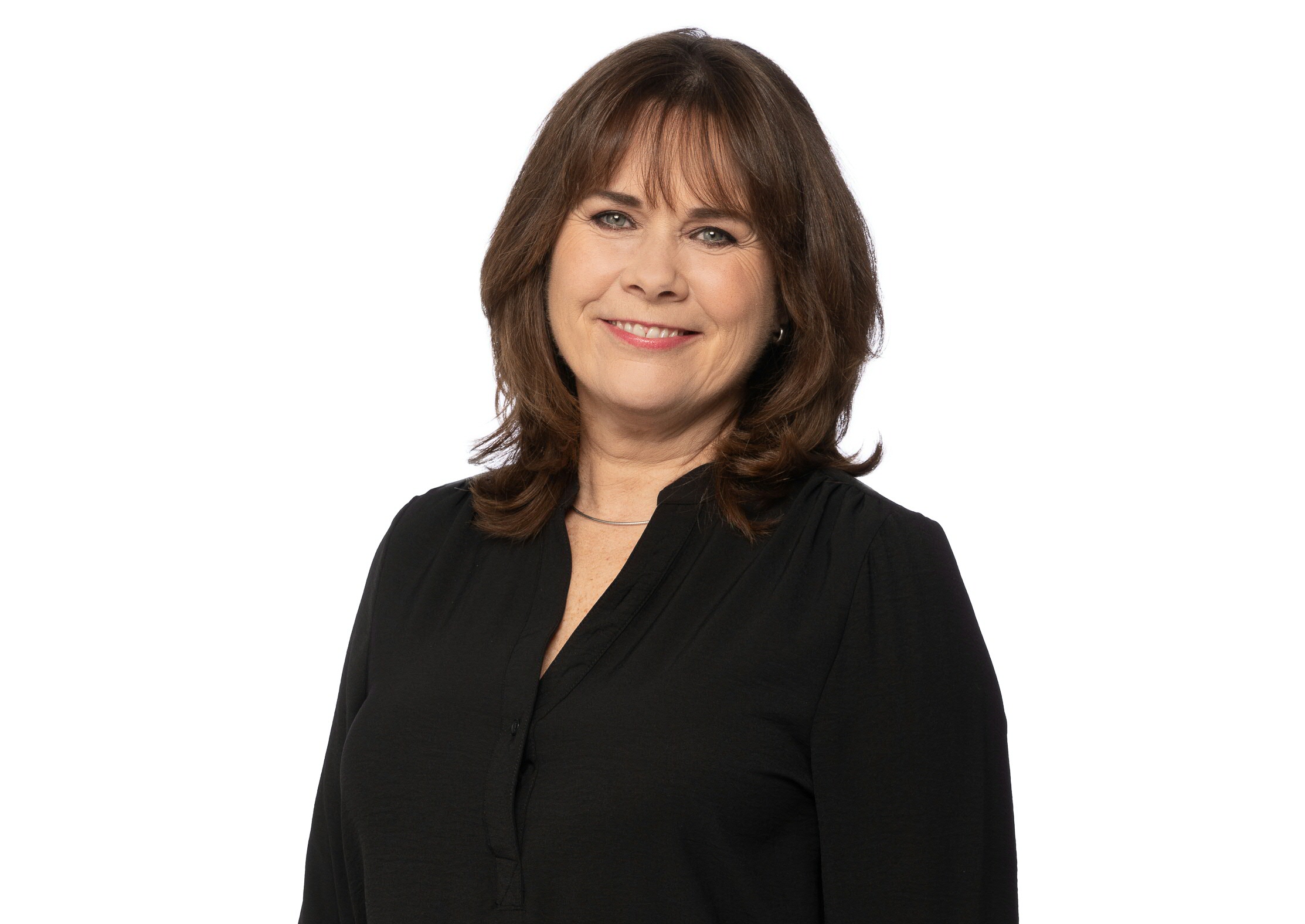If you want to know what Standard Dutch sounds like, listen to Astrid Kersseboom
Astrid Kersseboom is the most Standard Dutch-sounding newsreader. This is the conclusion of a study by University of Groningen PhD student Raoul Buurke, which involved almost 400 participants from Flanders and the Netherlands. Buurke investigates the impact of standard language on regional languages and dialects. To be able to decide which dialects are most heavily influenced by Standard Dutch, he needs a reference point: what is perceived as most Standard Dutch nowadays?
Text: Marjolein te Winkel | Photo: NOS/Stefan Heijdendael

Choosing between two sound clips
To find this out, Buurke used short sound clips of 24 newsreaders: 20 from national news channel NOS and 4 from regional broadcasters in the north of the Netherlands. Participants listened to pairs of sound clips and decided which of the two newsreaders spoke in the most ‘standard’ way. The analysis identified Astrid Kersseboom as the newsreader who speaks the most ‘standard’ Dutch, followed closely by her NOS colleagues Jeroen Overbeek and Jeroen Tjepkema.
Small differences
Buurke: “The results were very close. Participants frequently indicated that they had no preference. In addition, the statements that the participants were asked to assess after listening to the audio clips also revealed very small differences: half of the participants indicated that they found it difficult to make a choice. Participants did find that the four newsreaders from the north of the country sounded less “standard” than the NOS newsreaders.” In choosing between two sound clips, most participants relied on how vowels and consonants were pronounced, as well as on intonation. Word order or the newsreaders’ choice of words was only a deciding factor for a small group of participants.
What is Standard Dutch?
Standard Dutch is the term for the variant of Dutch used in education, the media, law, administration, and all other public sectors. Standard Dutch is constantly changing: new words are added, some are forgotten, and the pronunciation also shifts. For example, newsreaders on the 1950s Dutch Polygoon newsreel had a very different pronunciation from newsreaders today.
The language that everyone understands
Buurke also presented the participants with a number of statements about Standard Dutch. This revealed that the majority of respondents were of the opinion that Standard Dutch is not necessarily the language that everyone speaks, but it is the one that everyone understands. Approximately half of the participants considered Standard Dutch to be correct Dutch, rather than a dialect associated with a specific region in the Netherlands—such as the Randstad. For example, most respondents were of the opinion that the soft ‘g’ is not part of Standard Dutch. Buurke: “This is striking, because the soft ‘g’ is common in a large part of the Netherlands and Flanders.”
Follow-up study
In a follow-up study, Buurke will investigate how dialects and regional languages in the north of the Netherlands have changed, specifically with respect to Dutch. For this study, Astrid Kersseboom, as a representative of Standard Dutch, will be asked to record herself reading a list of words. The list will also be translated into local dialects by Frisian and Low Saxon speakers. Buurke will compare these pronunciations quantitatively, based on which he will be able to determine whether dialects are becoming more similar to Standard Dutch in terms of their sound systems. There are indications that this is indeed happening among dialects, but Buurke will be able to measure this very accurately with modern techniques and experiments. After completing this study, he will be able to predict where dialects are likely to disappear first, or where they are expected to survive the longest.
‘There’s a sparkling quality to her voice’
Astrid Kersseboom presented the NOS Journaal news programme from 2004 until 2021. Since early 2022, she has been presenting the NOS Radio 1 Journaal. Kersseboom’s way of speaking has attracted attention before, also outside of the context of Buurke’s research. Quite recently, in the radio programme De Taalstaat on NPO Radio 1, linguist René Appel praised Kersseboom’s language use. He believes that she makes good use of colloquial formulations. For example, she uses 'goeiemorgen' instead of the more formal 'goedemorgen'. ‘She speaks clearly and knows where to place emphasis. These are important factors in bringing a message across.’ Appel characterizes her voice as being pleasant, clear, and friendly. As he mentions in the broadcast, ‘There’s a sparkling quality to her voice’.

More news
-
18 November 2025
What about the wife beater? How language reinforces harmful ideas
-
03 November 2025
Menopause in perspective: How the media influences our perception
-
23 October 2025
Nine UG researchers awarded Vidi grant
